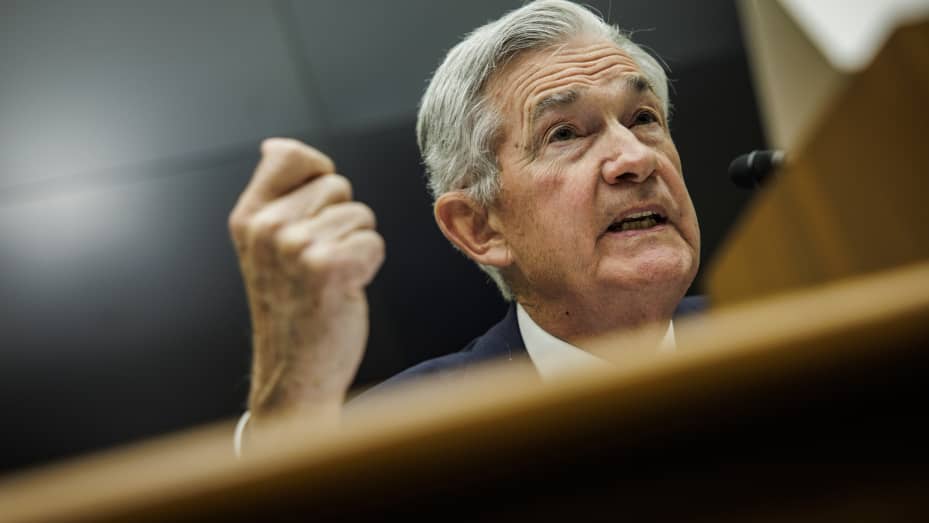
The Federal Reserve announced another interest rate hike on December 11th, 2023, bringing the benchmark overnight rate to a 16-year high of 5.00-5.25%. This move comes despite growing concerns about the health of the U.S. banking system, following the collapse of two major banks earlier this year.
While the Fed acknowledged the “sound and resilient” state of the banking system overall, it warned that the fallout from the bank failures could have a negative impact on economic growth in the months ahead. This concern is reflected in the Fed’s revised policy statement, which no longer anticipates “further rate increases” as it did in previous statements.
Economic Impact of Rising Interest Rates and Banking Turmoil
The Fed’s aggressive rate hikes have been implemented to combat rising inflation, which reached a 40-year high earlier this year. However, these hikes have also contributed to economic slowdown and market volatility.
The collapse of Silicon Valley Bank and Signature Bank in March 2023 further exacerbated these concerns. These failures were triggered by a combination of factors, including rising interest rates, liquidity issues, and poor risk management.
The potential consequences of these events are worrying analysts and investors. A full-blown banking crisis could lead to a severe economic recession, similar to the one experienced in 2008.
Mixed Signals: Uncertainty Looms Over the US Economy
The Fed’s recent decision to raise interest rates while tempering expectations for future hikes sends mixed signals about the future of the US economy. While the central bank remains committed to combatting inflation, it also recognizes the potential risks associated with further tightening monetary policy.
Economists are divided on the outlook for the US economy. Some believe that the Fed’s actions will be sufficient to bring inflation under control without causing a recession. Others are more pessimistic, warning that a downturn is inevitable given the current economic and financial climate.
Moving Forward: Navigating a Turbulent Economic Landscape
The coming months will be crucial for the US economy. The Fed will need to carefully balance its efforts to combat inflation with the need to support economic growth.
Businesses and consumers will need to be cautious in their spending and investment decisions, as the economic outlook remains uncertain.
The government will also need to take steps to mitigate the potential impact of a banking crisis, such as providing financial support to struggling institutions and ensuring that depositors are protected.
The future of the US economy is hanging in the balance. How the Fed, businesses, consumers, and the government respond to the current challenges will determine whether the nation can navigate through this turbulent period and emerge stronger on the other side.





:max_bytes(150000):strip_icc()/GettyImages-1179580531-4340ea9cb05f4158b56b2e9dd3b6f8ea.jpg)